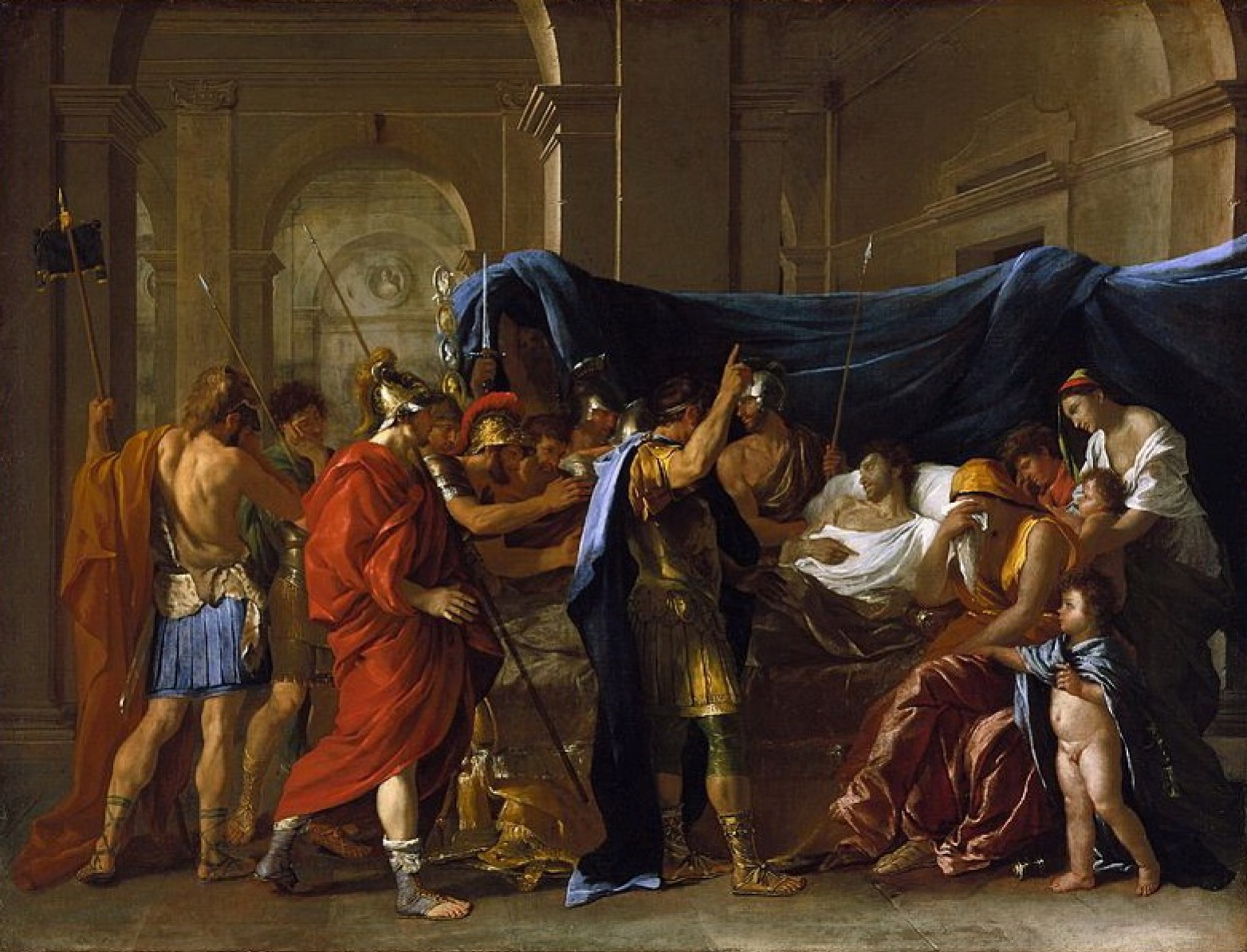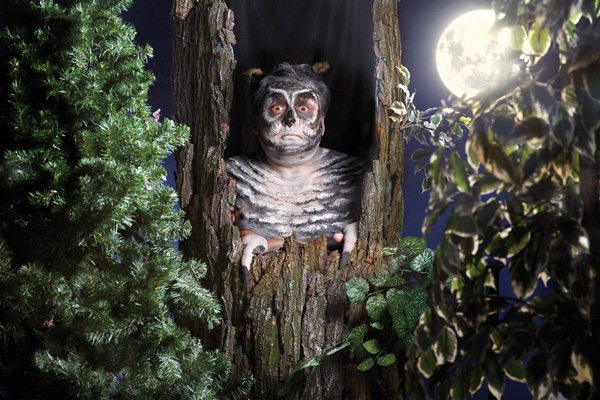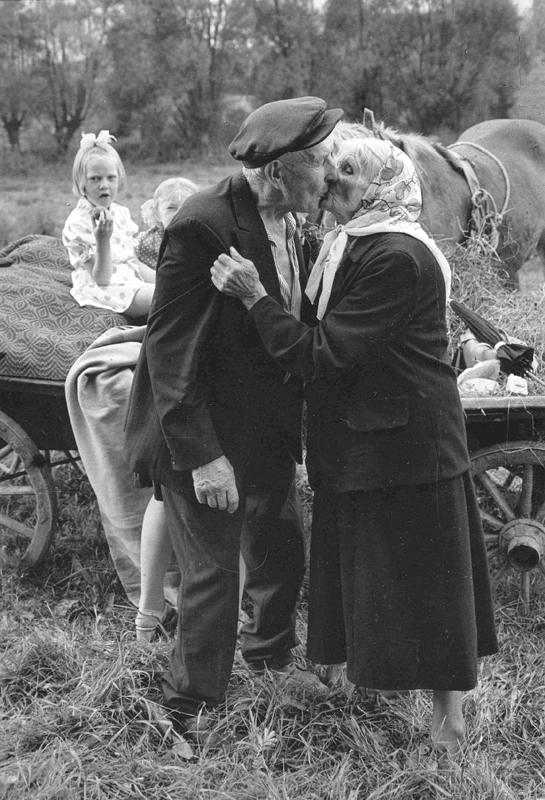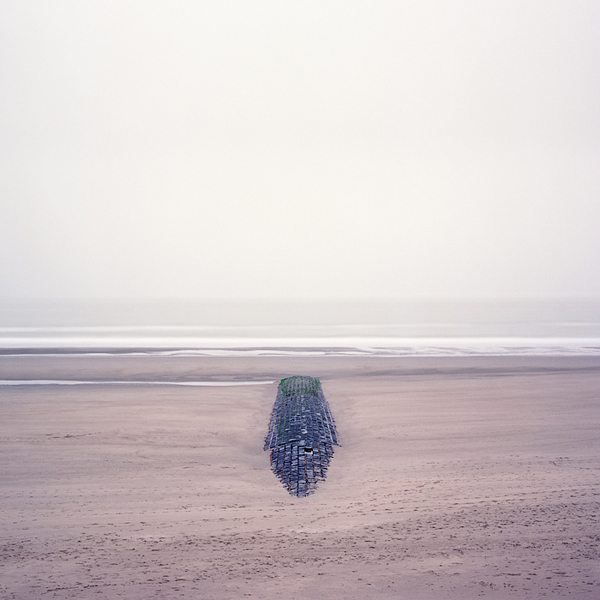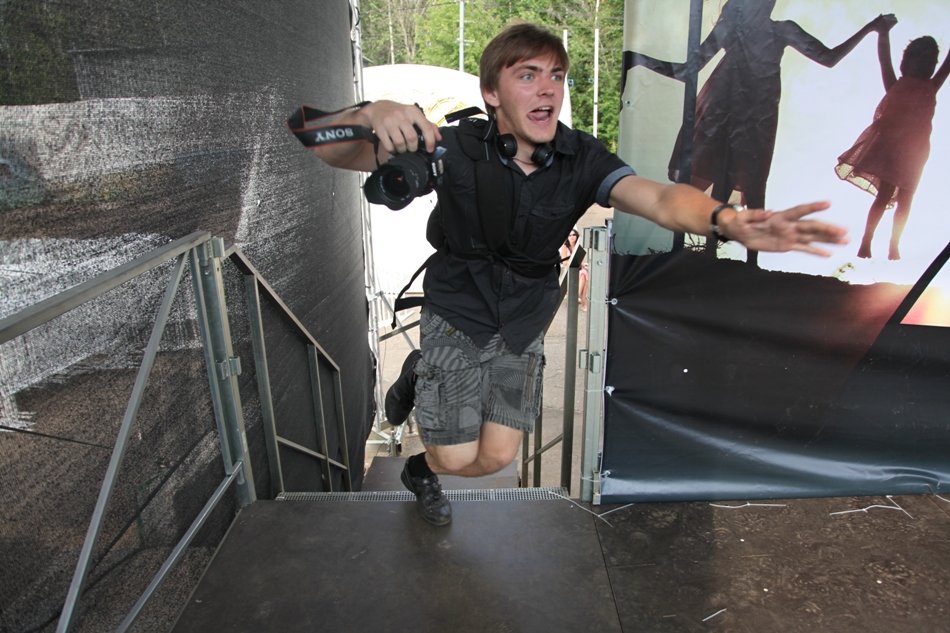iconoclasts
Iconography: to see the invisible
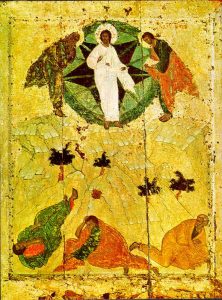 From ancient times, icon painting served as a “language for the illiterate” —a special language with its own rules and symbolism. For centuries, master-icon painters have brought it to perfection, trying to convey the spiritual otherness by material means. That is why icon painting is still considered to be the most difficult and rarest art in which human capabilities and divine beginnings are combined.
From ancient times, icon painting served as a “language for the illiterate” —a special language with its own rules and symbolism. For centuries, master-icon painters have brought it to perfection, trying to convey the spiritual otherness by material means. That is why icon painting is still considered to be the most difficult and rarest art in which human capabilities and divine beginnings are combined.
The copy (from the icon and write), also iconography, isography – a type of Christian church painting, designed to create sacred images – icons.
Such works replaced the written word with paints, just as the Gothic cathedral translated into visual language the scholastics and the secrets of alchemy.
What is an icon? Continue reading
